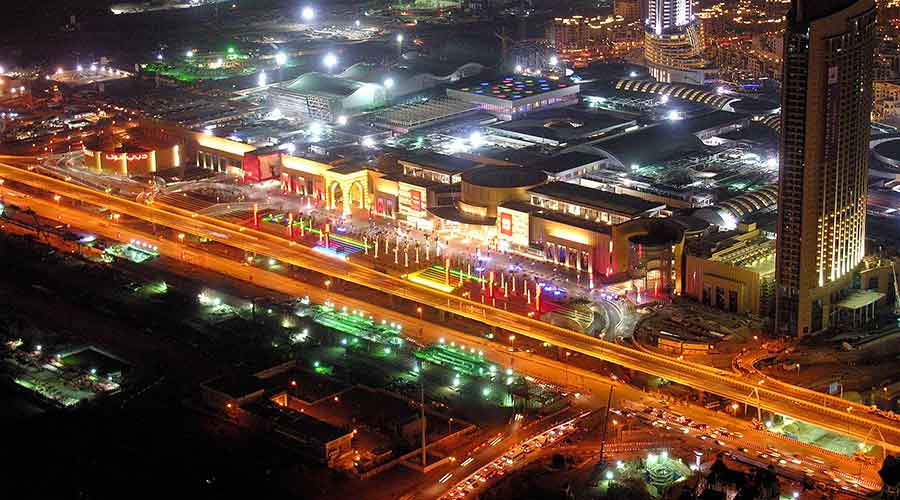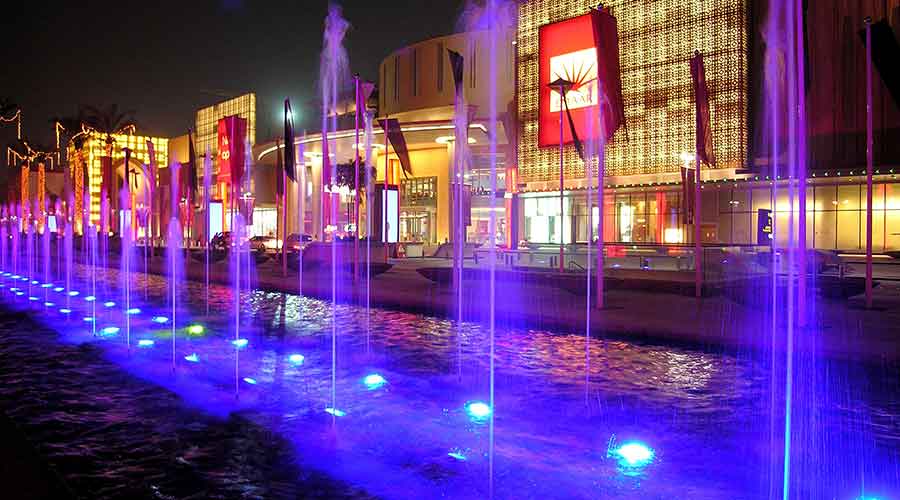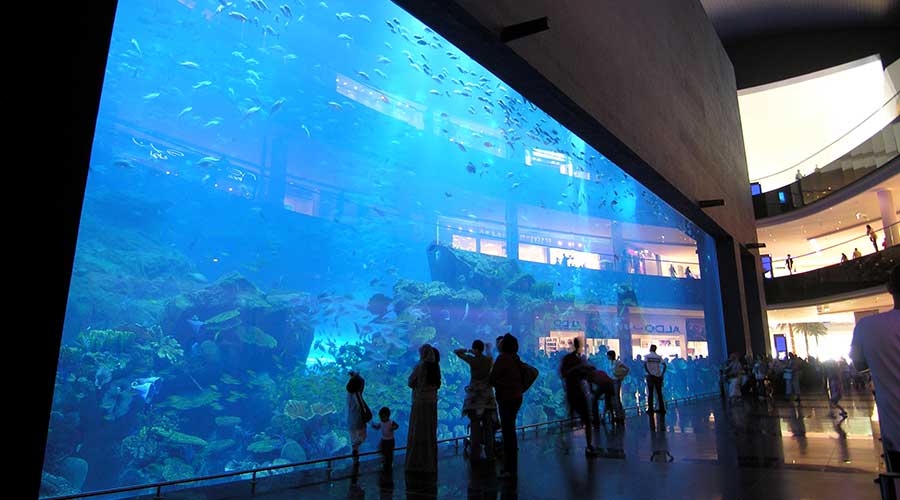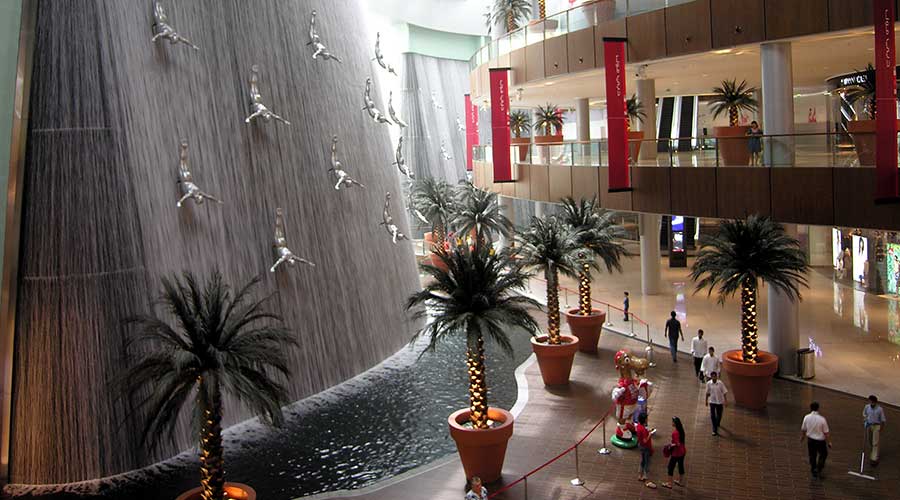The Dubai Mall
CONSIDERED TO BE ONE OF THE LARGEST SHOPPING MALLS IN THE WORLD
The colossal Dubai Mall is centrally located in the Downtown Burj Dubai Development, the most exclusive spot in Dubai. The Dubai Mall is surrounded by the Burj Dubai (the world’s highest building), the Dubai Mall Hotel (the Address), the Lake Hotel and the Lake Fountain. The Dubai Mall was constructed by the joint venture of CCC and Dutco Balfour Beatty.
Considered to be one of the largest shopping malls in the world, the Dubai Mall is the ultimate entertainment destination occupying some five million square meters of commercial property. The project comprises a four-storey 515,000 m2 Mall Area about the size of 50 soccer fields, a 550,000 m2 car parking area, and a district cooling plant building of 42,000 refrigeration tons. The Mall Area consists of four levels of the shopping area. The structure of the mall utilizes more than 13,000 tons of structural steel or around twice the amount utilized in the Eiffel Tower. The parking area accommodating a total of 14,500 vehicles is made up of two buildings with 10 levels of parking each and two levels of underground parking.



